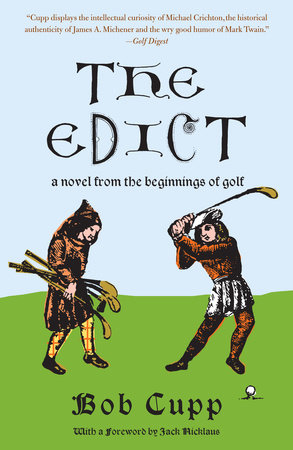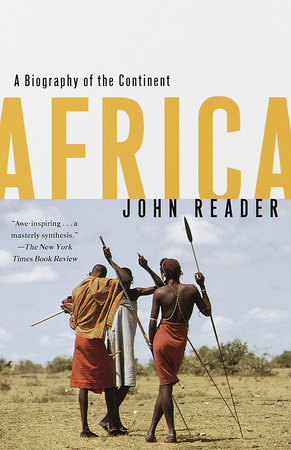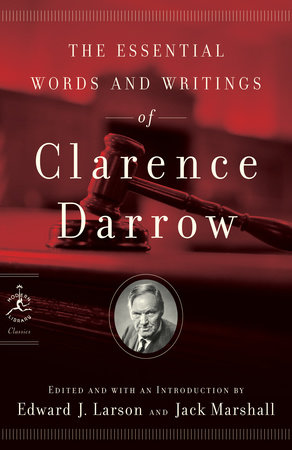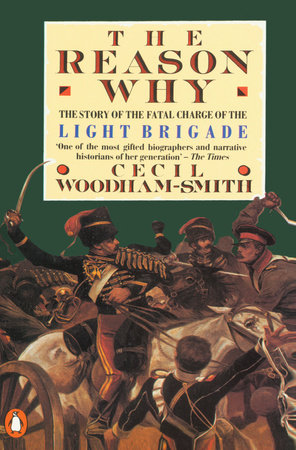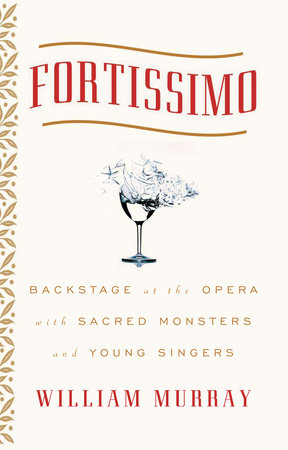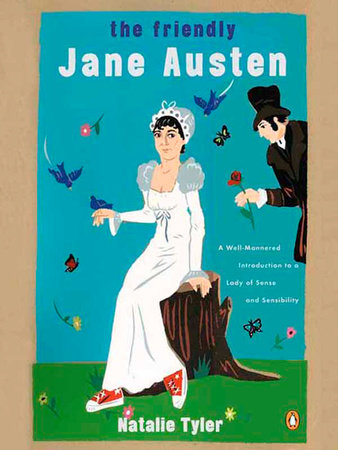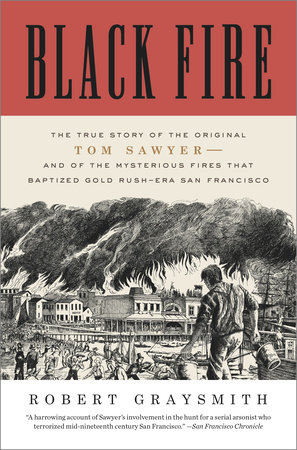Author Q&A
Q: How did you decide to write THE EDICT?
A: I love history and have always had a secret desire to know the reality of certain moments as they were happening. The banning of golf, the first mention of the word ‘golf’ in written language was far more than the academic beginning of the game. In order for it to be banned, it must have been a big deal. I wanted to build a story around that event to make it more real for others.
Q: Describe for us what a game of golf would be in 1457?
A: Visually, it would have been quite different, people in common clothing wandering about in an unmarked field called a links, often in miserable weather. Technically, there would have been crude clubs and irregular balls and fewer of them. But on the inside, what the players felt as they moved the ball about, playing the wind and the slopes, they would have felt exactly what we feel today. I don’t believe the most intrinsic elements of the game have changed for perhaps a thousand years. It’s pretty simple really, the fewest strokes possible to move a ball with clubs across an area, through the elements and into a hole, never touching it otherwise, and doing so in fewer strokes than your opponent.
Q: How is the sport currently changing/evolving?
A: Every time the ball was made to travel further, the game has changed. Once it was a leather pouch stuffed with hair or feathers, then it became a simple piece of rubber, then cast rubber, then a core wound with rubber bands and set into a molded cover and now, the high-tech aerodynamics and materials have us in the middle of yet another change. But this question is at least a four-paragraph answer. As the ball travels further, the course increases in size. That, along with other technological advancements in clubs, turf development and even our own strength and fitness add to the situation. Where it all goes is anyone’s guess and we are seeing some rather sobering signs.
Q: Why do you think golf is such a popular sport?
A: For the true lover of the game, the person who loves to see the ball flying against a bright blue sky or curving in a wicked wind, bouncing true on a slope and almost mystically rolling toward the hole, along with numerous types of competitions (or just for the fun of it), the game is both endearing and enduring. It is, in the purest sense, a battle against ourselves. Our opponent is always our own frailties, and the game allows us to challenge those weaknesses continuously. In that regard, it is a barbiturate.
Unfortunately, there are too many people who play for all the wrong reasons, mostly those associated with things egotistical, and it is a lengthy and touchy subject.
Q: You have designed over 140 golf courses–tell us about your work as an architect.
A: My design work focuses far more on the shots to be hit rather than the appearance of the place. Strategy makes a course. I have always worked hard at making courses that are first and foremost fun to play because they make the player (all players) think, plan their shots, make choices, take chances to reap rewards. Making them beautiful is easy. Golf can hardly be ugly. The other challenge is to create a place where grass grows well and makes healthy playing surfaces, and that’s just common sense and technology. Water runs downhill. How hard is that?
Q: What courses are you currently working on?
A: In Atlanta, at the famous old Capital City Club (yes, that’s the way they spell it), I am putting a new course on an old one because the ball has obviated its playability. This is one of those situations where the technology of the game has rendered a course unusable. It is a shame to obliterate some wonderful history; not famous competitions, but places where lives were changed, or simply, spent. There is some sadness in this, which I feel very deeply. I have an obligation to make something very special on that land; something that can help them forget the loss of the ‘old way’ on a new venue that will effect lives for a very long time.
I am also building a new course in Argentina, one of those properties that is spectacular and with people I know and enjoy. It is one of those projects I just couldn’t turn down.
So, now I have one project that all I have to do is walk out my door and I am there. The other, I fly all night, wake up in another country, do my work for a few days and fly all night to get home. I can sleep on planes after all these years and the time change is one hour, so it doesn’t seem far at all. Glamorous? I think not. But when it is not fun anymore, I will quit.
